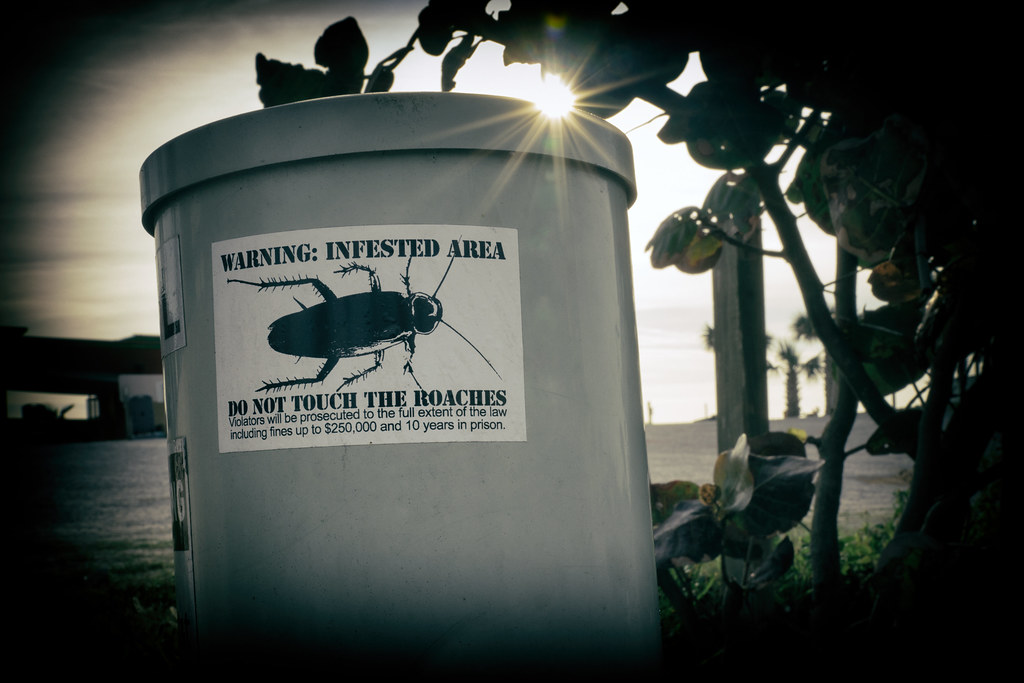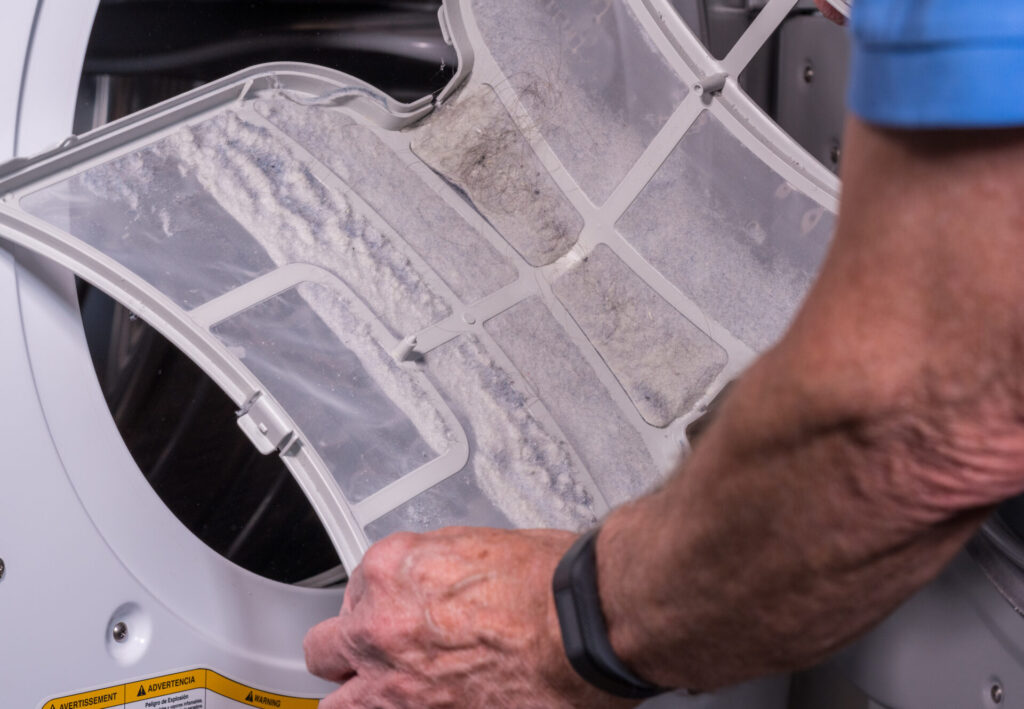Palm trees are a signature of tropical and subtropical landscapes. With their majestic trunks and arching fronds, palm trees add beauty and a touch of the exotic to both home landscapes and public spaces. Unfortunately, these iconic trees are under siege from tiny invaders – palm tree termites.
Left unchecked, palm tree termites can critically damage and even kill palm trees. But with early intervention and proper treatment methods, you can protect your landscape palms and avoid costly tree removal and replacement.
This guide will cover everything homeowners need to know about identifying, preventing, and controlling palm tree termites.
Identifying Palm Tree Termite Infestations
Termites that attack palm trees in the United States primarily come from two species – the Formosan subterranean termite and the Eastern subterranean termite. Here are some signs that may indicate termites are feasting on your palm:
- Mud tubes – Many termite species build mud tubes to travel between their colony nest and food sources while remaining protected. Look for narrow tunnels of dried mud, often running up the trunk.
- Hollowed trunk – Termites excavate and feed on the interior woody parts of the palm trunk. As they cause extensive damage, the trunk can become hollow.
- Frass piles – When termites eat through the trunk, they expel a sawdust-like material called frass. Look for piles accumulating at the base of the tree.
- Holes in fronds – Extensive internal damage often causes fronds to weaken and collapse. Look for small holes chewed through the base of frond stems.
Carefully inspect both the trunk and fronds of your palm trees for any signs of termite activity. The sooner an infestation is detected, the better the chances of saving the tree.
Why Palm Trees Are Susceptible
Palm trees have a few inherent characteristics that make them vulnerable to termite attack:
- Wood composition – The softer, spongy internal wood of most palm species provides an easy meal for termites.
- Trunk access – Palm trunks generally lack thick protective bark, allowing termites easy access. Termites can burrow directly into the trunk without having to go through a hard outer layer.
- High moisture – Palm trunks stay moist inside, even during dry seasons. This gives termites a constant source of needed water.
- Wounds and decay – Any wounds, cuts, or soft decaying areas give termites an ideal starting point to invade the interior parts.
Unfortunately palm trees lack most of the natural defenses that help other trees ward off termites. Once termites find a palm, they can quickly cause major damage if left uncontrolled.
Preventative Measures
While no prevention method is 100% foolproof, incorporating these strategies can help deter palm tree termites:
Avoid Wounding Trunk
- Never cut off green fronds by slicing down the trunk – this leaves open wounds for termites to access.
- Cut only dead or dying fronds at the attachment point to the trunk. Don’t leave behind a stub.
- Protect the trunk from lawn equipment and weed trimmer damage.
Keep Area Clear
- Remove all wood debris like stumps, boards, dead branches. Don’t give termites any secondary food source nearby.
- Clear any buildup of dead leaves or mulch from the base of the trunk. This eliminates moisture and hides termite activity.
- Ensure sprinklers don’t constantly soak the trunk area – allow it to fully dry out between waterings.
Apply Preventative Sprays
- Specialized insecticide sprays can be applied to form a protective barrier, killing termites that attempt to enter the trunk.
- These need to be applied every 1-2 years by a licensed professional.
- Use sprays containing fipronil or imidacloprid for best palm tree protection.
Treatment Options for Active Infestations
If termites have already invaded the trunk, more aggressive treatments will be needed to eliminate the colony and prevent further damage. Here are the main options:
Insecticide Injections
Special insecticides can be injected directly into infested areas of the trunk using specialized equipment. These spread throughout the tissue and kill termites on contact.
- Most effective options are imidacloprid or fipronil-based.
- A single application provides 12-18 months of protection.
- Cannot be used on all palm species. Ensure product is palm approved before applying.
Termite Baits
Stations containing termite bait are installed around the trunk and periodically inspected. When termite activity is detected, the bait is replaced with a slow-acting insecticide. This lets the bait be spread throughout the colony as they feed.
- Can take several months to start working but provides long term control.
- Should be installed by a professional along with other control measures for best success.
Trunk Injection + Soil Treatment
For heavy infestations, a combined approach is best:
- Inject an insecticide into infested trunk tissue.
- Treat the surrounding soil, where the termite colony lives, with a liquid termiticide.
- May require several applications over months to fully eliminate colony.
- This intensive approach provides the most thorough protection against further damage.
5 Key Takeaways for Protecting Palm Trees from Termites
Follow these core recommendations to defend landscape palms from destructive termite infestations:
- Inspect palms regularly – look for signs like mud tubes, holes in trunk and fronds. Early detection is critical.
- Keep trunks free of wounds and debris – avoid mechanical damage, prune properly, eliminate moisture sources.
- Apply preventative trunk sprays – use specialized insecticides designed for palm trees.
- Call a pest control pro at first signs of termites – don’t try to diy, trees need proper treatment.
- Consider a combined approach for heavy infestations – inject, bait, and treat surrounding soil.
Protecting landscape palm trees from termites requires diligence and using the right treatment methods. But with early intervention, even severely infested palms can often be saved and restored to full beauty. Don’t allow tiny termite pests to destroy these tropical icons.







